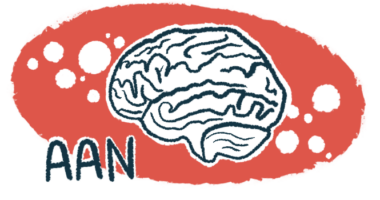Researchers Develop Novel Method to Visualize Spinal Cord Neuronal Connectivity

In a recent paper entitled “Spinal Locomotor Circuits Develop Using Hierarchical Rules Based on Motorneuron Position and Identity” published in the Neuron journal, a team of researchers from the Salk Institute for Biological Sciences, La Jolla, CA and the University of Texas, Austin, TX, present an innovative approach allowing for the real-time imaging of spinal cord neurons synchronization during body movements. This method is helping to understanding how spinal cord cells connect with neurons that control muscles, i.e. motor neurons, and how those connections might be restored in patients with spinal cord injuries or neurodegenerative diseases such as amyotrophic lateral sclerosis (ALS).
When walking or running, our muscles contract or relax automatically. We do not consciously think about alternating between one leg and the other, or which muscles are required to move them. This is achieved due to a special set of spinal cord cells that form the locomotor central pattern generator, which helps to translates messages between our brain and our motor neurons. Professor Pfaff, the responsible of this work stated in a news release that “the locomotor central pattern generator is where relatively simple signals from the brain–to walk forward, or move your hand off a hot stove–are translated into more complex instructions for motor neurons to control muscles”. Scientists believe that this neuronal network helps in the assessment of the time, force, speed and selection of the appropriate muscles that need to contract to activate movement. However, it was unknown how the locomotor central pattern generator connected and controlled motor neurons’ triggering.
Using genetic approaches, researchers selectively added to mouse motor neurons a sensor protein that emits light when the cell becomes active. After, the team stimulated mouse spinal cord’s walking circuits with drugs and visualized the real time activation of specific motor neurons under a microscope. By watching the patterns of activation for motor neurons of different locations and subtypes, researchers found that the way each cell connects with the locomotor central pattern generator varies. This is a key finding for the treatment of spinal cord injuries and ALS. Many emergent therapies for these conditions are based on stem cells’ transformation into motor neurons and their respective implant into the spinal cord, restoring damaged connections. The results unveiled by Professor Pfaff’s team suggest that the use of general motors neurons might not be the best approach for this sort of treatments, since lesion recovery may require the right subtypes of motor neurons. Future work is necessary to evaluate if this is indeed the case.






